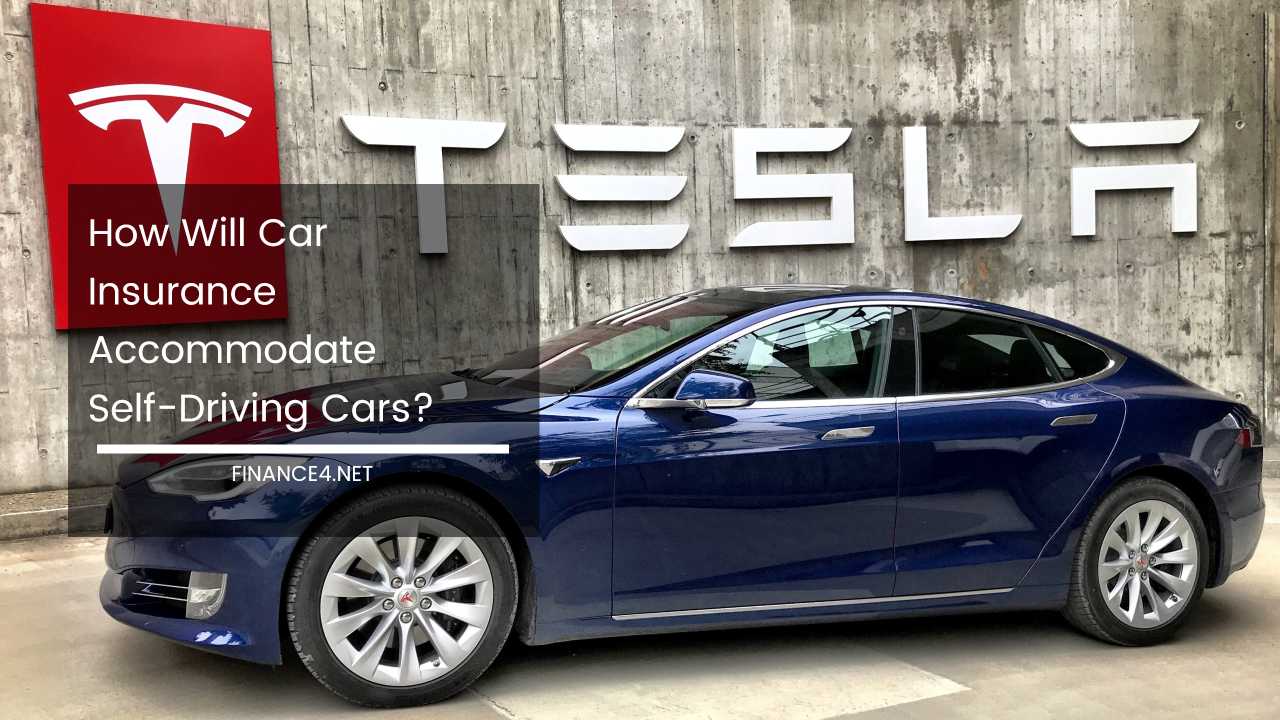How Will Car Insurance Accommodate Self-Driving Cars?

The Self-Driving Revolution: A Paradigm Shift for Car Insurance
The roar of an engine, the grip of the steering wheel, the thrill of navigating the open road – these quintessential experiences of driving may soon become relics of the past. Self-driving cars, once confined to science fiction, are hurtling towards reality, promising a future where human error is virtually eliminated from the driving equation.
This revolutionary shift, however, presents a conundrum for the car insurance industry, built upon the premise of mitigating risk associated with human drivers.
A Spectrum of Automation: Untangling Liability
Unlike a light switch, which is either on or off, car automation exists on a spectrum. Level 0 represents complete human control, while Level 5 signifies full autonomy.
Between these extremes lie various levels of driver assistance, from basic features like anti-lock brakes to more sophisticated systems like lane departure warnings and adaptive cruise control. This spectrum creates a complex web of liability.
Professor Robert Peterson argues that as automation increases, the responsibility for accidents transitions from the driver to the manufacturer of the car’s software. Companies like Tesla and Volvo, with their partially automated vehicles, already illustrate the blurry lines of liability that will likely become more prominent in the initial stages of adoption.
The Winding Road Ahead: A Timeline for Change
Predictions for the widespread adoption of self-driving cars range from a near-future vision of 2020 to a more distant horizon of 2050.
This extended timeframe allows the insurance industry to adjust gradually. Google’s prototype, a self-driving car devoid of human controls, embodies the ultimate goal of complete automation. However, the road to get there will be paved with partially automated vehicles, demanding a flexible approach from insurance companies.
Navigating Complexity: From Chaos to Clarity
The transition to self-driving cars will likely be a period of heightened complexity for car insurance. As human-caused accidents plummet, the focus will shift towards other factors, such as software glitches, cyberattacks, and infrastructure failures.
This will necessitate a reevaluation of risk profiles and potentially lead to a plethora of new insurance products tailored to address these emerging concerns.
Edward Cohen, from Honda, suggests that a significant reduction in accidents will necessitate entirely new business models for insurance companies. Experts predict these models will translate into lower premiums, similar to the discounts Liberty Mutual already offers for cars equipped with advanced safety features.
Data Drives Decisions: The Uncertain Future of Premiums
While Professor Peterson cites accumulating data that demonstrates a decrease in accidents with automation, some insurance companies remain unconvinced. Geico, for example, is still meticulously analyzing data to determine the impact on future rates.
This cautious approach highlights the need for long-term, comprehensive studies on the safety and reliability of self-driving cars.
Only with robust data can insurance companies confidently adjust premiums to reflect the true risk profile of a world dominated by autonomous vehicles.
The Price of Safety: A Hurdle to Widespread Adoption
The high cost of automated systems, coupled with potential maintenance burdens, raises concerns about affordability. Andrew Rose, CEO of Compare.com, warns that repairs for these technologically advanced vehicles could be significantly more expensive than traditional car repairs.
This could create a scenario where self-driving cars become a luxury reserved for a select few, delaying widespread adoption and posing a challenge for insurance companies seeking to expand their customer base.
Beyond the Driver: New Risks Emerge
As human error diminishes, the specter of cyberattacks on car systems looms large. Malicious actors could potentially hack into a vehicle’s software, causing accidents and creating a nightmare scenario for insurance companies. Insurance policies for self-driving vehicles will need to address this new and evolving risk to ensure comprehensive coverage.
The Black Box Chronicles: Unraveling Accidents
Similar to airplanes, self-driving cars will likely incorporate data recorders that function like black boxes. This data will be invaluable for insurance companies in determining fault in accidents, especially in situations where human intervention is possible or mandated during system malfunctions.
By analyzing this data, insurance companies can not only determine liability but also identify potential flaws in the technology, aiding manufacturers in improving safety features.
Shifting Sands: Who Pays the Bill?
The question of who should be insured – the manufacturer or the owner – remains a subject of debate. Professor Peterson anticipates that with increased automation, the responsibility will shift to the manufacturers.
However, the cost of insurance might still be passed on to the owner at the time of purchase. John Bozzella, of Global Automakers, emphasizes that the answer hinges on regulations and business models that are yet to be established.
Collaboration between policymakers, manufacturers, and insurance companies will be crucial in determining a fair and sustainable approach to car insurance in the age of self-driving vehicles.
Conclusion: Adaptation or Extinction?
The rise of self-driving cars presents a stark choice for the car insurance industry – adapt or become obsolete. Companies that cling to traditional models risk being left behind in the dust.
By embracing innovation and collaborating with key stakeholders, insurance companies can develop new models that address the complexities of a future dominated by autonomous vehicles. Here are some potential strategies for adaptation:
- Usage-Based Insurance (UBI): Shifting focus from car ownership to car usage. UBI tracks miles driven, time of day, and location, resulting in personalized premiums that reflect individual driving habits. This model could extend to self-driving cars, with premiums based on factors like the number of autonomous miles driven and the frequency of human intervention.
- Cybersecurity Partnerships: Collaborating with cybersecurity experts to identify and mitigate vulnerabilities in self-driving car software. This proactive approach will not only minimize the risk of cyberattacks but also demonstrate a commitment to safety, potentially attracting new customers.
- Data Sharing Alliances: Partnering with car manufacturers to share data on accidents and system malfunctions. This collaborative effort can accelerate improvements in self-driving technology, leading to a safer future for all.
- Investment in Self-Driving Technology: Insurance companies could invest in research and development of self-driving car technology. This proactive approach allows them to gain a deeper understanding of the technology and its associated risks, positioning them as leaders in the evolving insurance landscape.
The Road Less Traveled: Ethical Considerations
The integration of self-driving cars raises a host of ethical considerations. In unavoidable accident scenarios, how will self-driving cars be programmed to make decisions?
Will the car prioritize the safety of its occupants, pedestrians, or minimize property damage? Insurance companies will need to grapple with these ethical dilemmas and potentially offer insurance products that address potential liabilities arising from such situations.
Embracing the Future: A Collaborative Endeavor
The successful integration of self-driving cars necessitates a collaborative effort between policymakers, manufacturers, and insurance companies.
Clearly defined regulations regarding liability, data privacy, and cybersecurity are essential for fostering trust and promoting widespread adoption. Manufacturers will need to prioritize safety and transparency in the development and testing of self-driving technology.
Insurance companies, by embracing innovation and developing new models, can ensure they remain relevant and continue to offer financial protection in a rapidly evolving transportation landscape.
The arrival of self-driving cars promises a paradigm shift in transportation, with profound implications for the car insurance industry. By adapting to this new reality, insurance companies have the opportunity to play a pivotal role in shaping a safer and more secure future for all.



